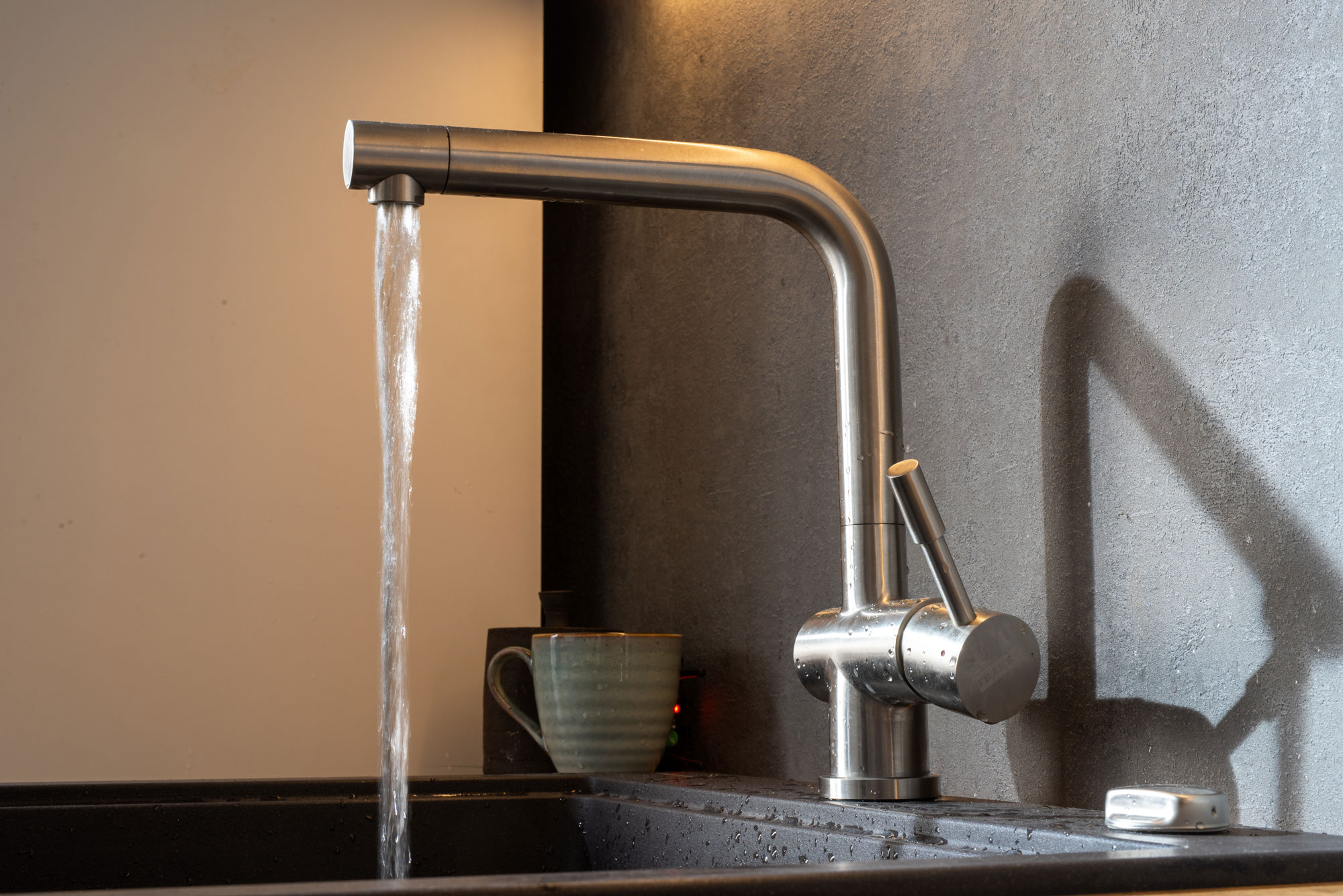
Just when the season was feeling uncharacteristically warm, wintery weather hits back when you don't expect it, just like the winter storm that's descended on New York this week. That plunge back into icy temperatures icy temperatures can be a shock to your system, but even more of a shock to your house.
With the thermometer in this part of the world hitting sub-zero lows over the next week, your home may be at risk of succumbing to the temperatures and you find that the pipes exterior pipes in your backyard have frozen. There'll be signs that this may have happened that will mean you'll want to get it sorted as soon as possible, and fortunately - with a little care - it's an easy enough job.
We asked Jack White, Director of Canadian Operations at Rainbow Restoration, a Neighborly Company, which specializes in maintenance just like resolving frozen pipes, how to approach this winter problem. Here's what you need to know.
1. Figure out if the pipe is frozen

There are certain tells that your pipes may have frozen in cold weather, which will alert you to action needed to be taken. 'A frozen pipe may show signs such as reduced water flow, frost on the exterior, or strange noises when turning on the tap,' Jack explains.
2. Turn off the water
'Turning off the water is advisable if pipes are frozen to prevent potential burst pipes and water damage,' Jack explains. To do this, you'll need to find the shut-off valve — this is usually located around where your water pipes enter your property. Keep the water off until you've resolved your pipe issues.
3. Start defrosting
Once the water is off, you can start attempting to defrost the pipe. 'The quickest way to defrost pipes is to use a heat source like a hair dryer, heat lamp, or hot towels, starting from the faucet end,' Jack explains.
However, before you go gung-ho on heating your pipe up to melt the ice, there's one more thing you need to know.
4. Be careful of bursting the pipe

If you go in too hard with a heat source, you risk damaging your pipes. 'To prevent frozen pipes from bursting, it's crucial to thaw them gradually, open faucets to relieve pressure, and insulate pipes to avoid future freezing,' Jack says.
5. Put measures in place to stop them freezing again
Of course, you wouldn't have had this problem in the first place if you knew how to prevent your pipes from freezing. According to Jack, it's a three-step approach.
'To prevent pipes from freezing, one: insulate exposed pipes,' he says. 'Two: keep interior temperatures consistent, and three: allow faucets to drip during extremely cold weather to maintain water flow.'







